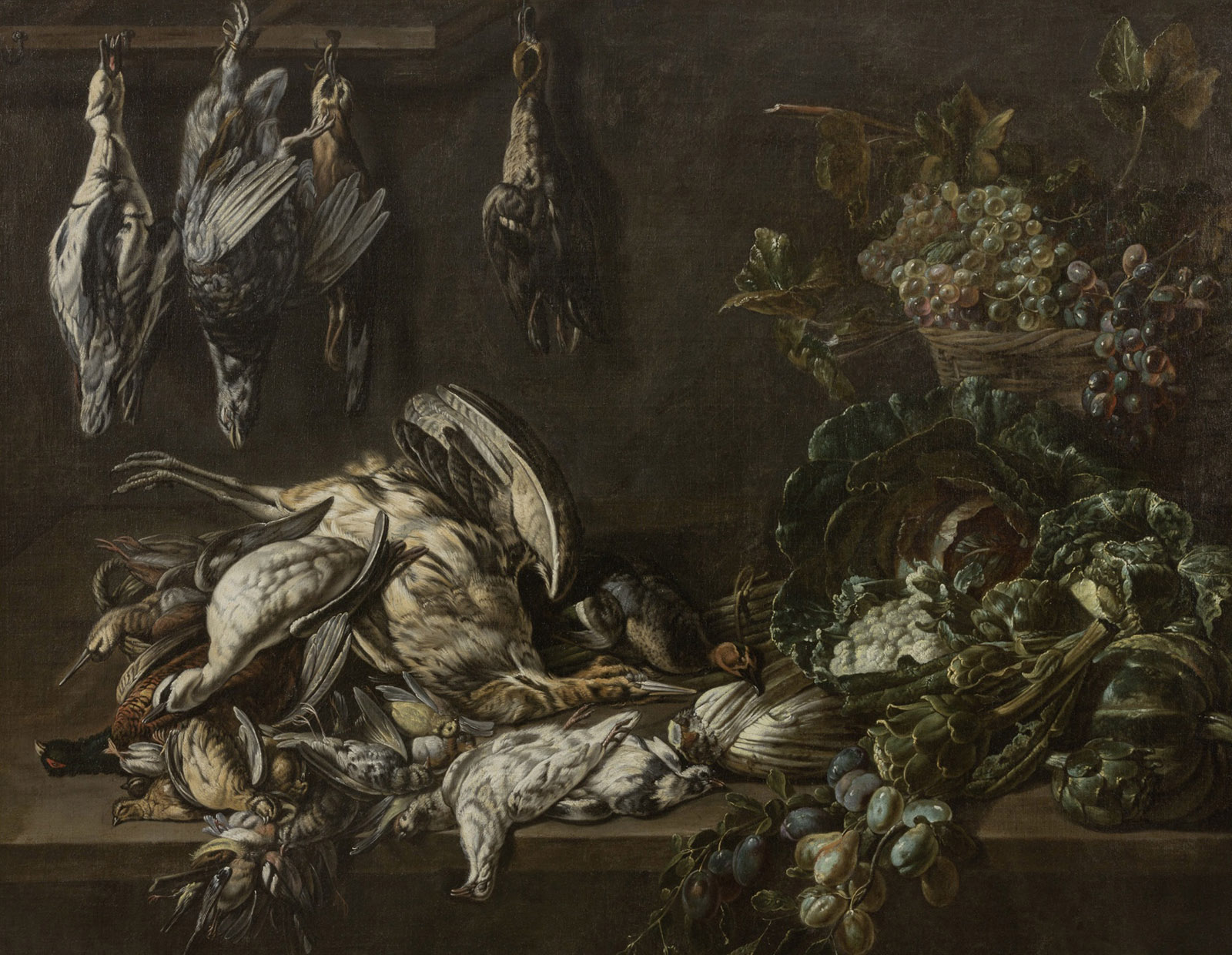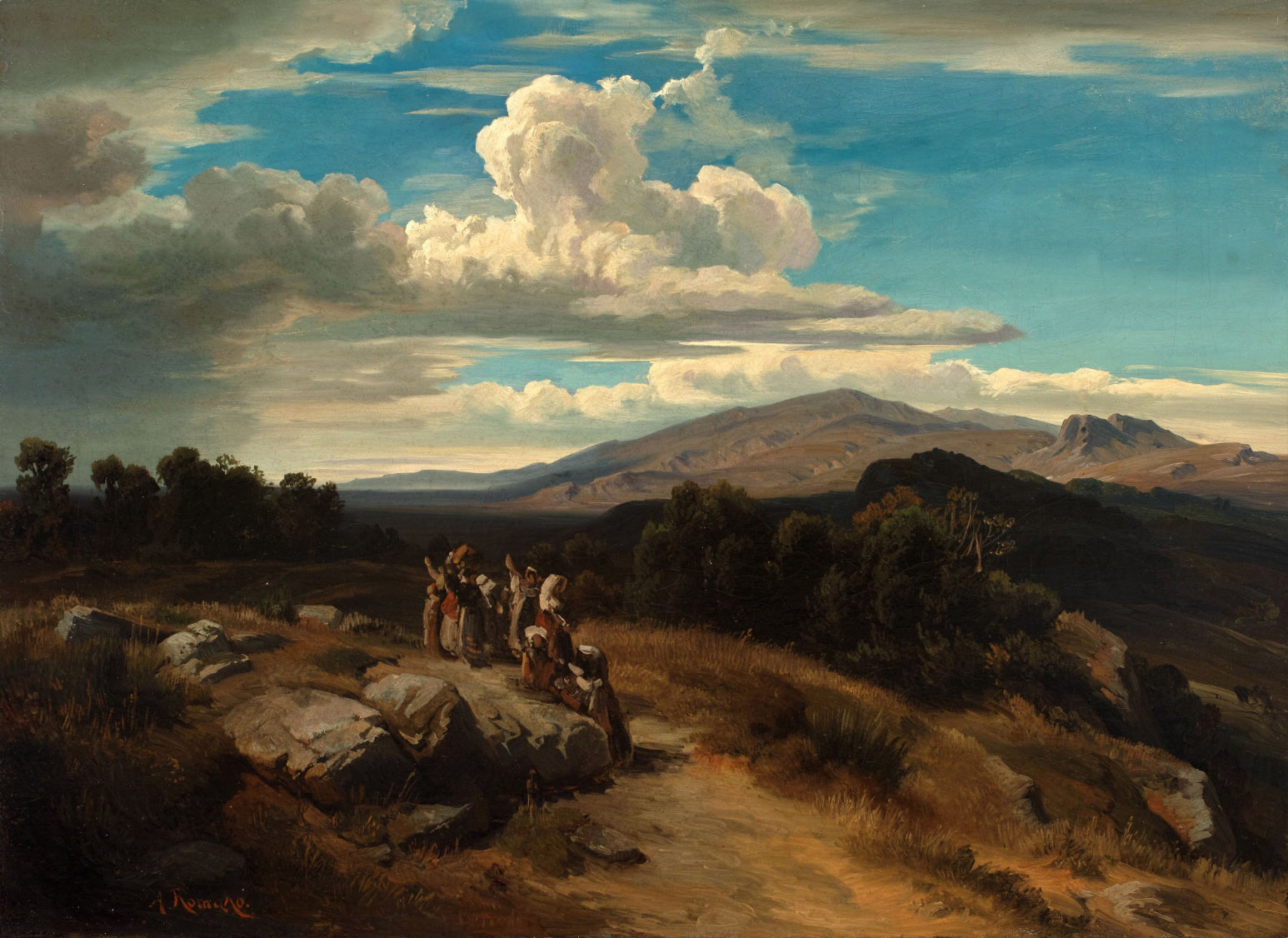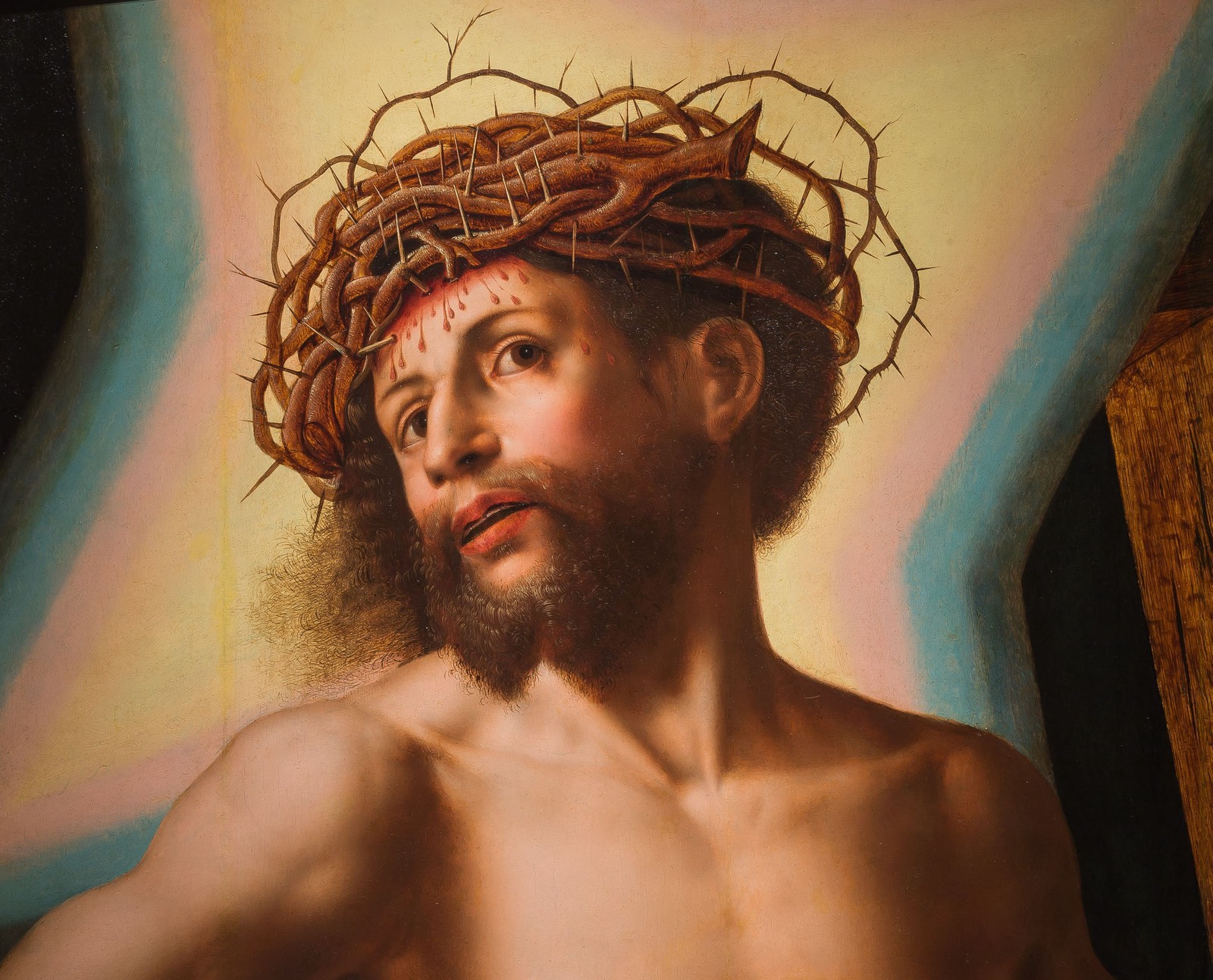D | E
DOROTHEA APOVNIK
KUNSTHANDEL FINE ART
KUNSTHANDEL FINE ART
Schadekgasse 16/12
1060 Wien, Austria
Schloss Rohrau 1
Innenhof 6
2471 Rohrau, Austria
1060 Wien, Austria
Schloss Rohrau 1
Innenhof 6
2471 Rohrau, Austria



